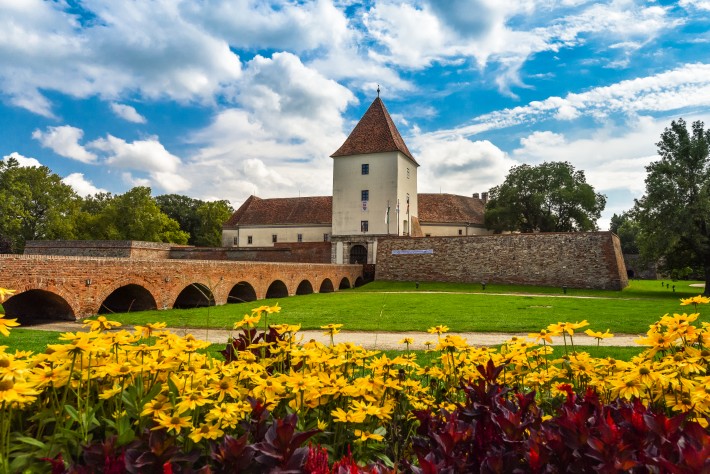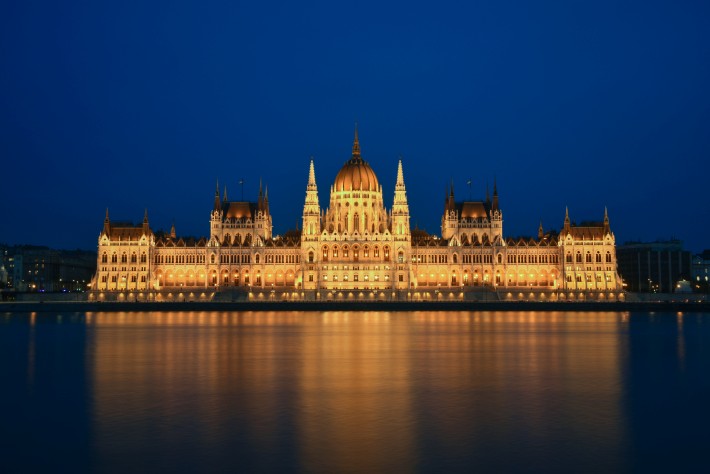After a centuries-long journey, Magyar tribes settled in the Carpathian Basin in the 9th century A.D. The following century witnessed the development of centralised leadership over the tribes. Pagan Hungarians were converted to Christianity under Stephen I, the first King of Hungary, a process that lasted for several decades. The foundation of the Hungarian state is traced back to the date when Stephen I was crowned with the headpiece received from the Pope of Rome.
Despite the devastation caused by the Mongol invasion, centralised power and a strong state were established in the Middle Ages. The nation-founding House of Árpád was succeeded by the Anjou kings, who raised Hungary to a great European power. In addition to the country’s political and economic roles in Europe, succeeding kings enhanced the importance of Hungary’s cultural life, which resulted in a flourishing state during the Renaissance only to be brought to an end by the Ottoman occupation.

Ottoman invasion tore up its territory into three parts in 1541. The ensuing battle to recapture the country from the Turks turned the central area of the country into a wasteland. The Habsburgs ruling the western part of the country easily extended their influence over this central region previously occupied by the Turks and the Principality of Transylvania, a former vassal state of the Ottoman Empire in the east. Between the early 18th century and World War I, Hungary was part of the Habsburg Empire.
Hungary eventually regained its independence as a republic after World War I. The Peace Treaty of Trianon, signed on 4 June 1920, redefined state borders, as a result of which the country lost around two thirds of its pre-World War I territory and population. Between the peace treaty and World War II, Hungary was once again officially a kingdom, but was ruled by a governor.
In 1941, Hungary joined Germany in the Second World War with high hopes of regaining the territories it had been deprived of some two decades before. In 1944, the country was occupied by the Germans, who were defeated and replaced as the occupying force by the Soviet Red Army only to increase the material and human toll of the war.
The Paris Peace Treaty reinforced the state borders of the Treaty of Trianon. The post-war period of parliamentary democracy, lasting barely four years, ended in August of 1949 with the Soviet-backed Communist Party taking over control of the country and establishing a one-party system.

In the first half of the 1950s, Hungary was turned into a Stalinist totalitarian regime against which the 1956 Revolution broke out under the leadership of workers and young people. After the revolution was defeated by the communists relying on the support of Soviet tanks, government control tightened, yet this proved to be relatively mild (“goulash communism”) compared to other countries in the Soviet-led communist bloc.
In the late 1980s, Soviet control began to slacken, paving the way for the change of political regime in 1989, with 23 October marking the birth of the new Republic of Hungary. The first democratic national and municipal elections took place in 1990. Complete democratic restructuring and stabilisation of the new institutional system went in parallel with a fundamental transformation of economic life.
As early as 1990, Hungary was striving for Euro–Atlantic integration, joining NATO in 1999, the European Union on 1 May 2004, and the Schengen Area in December 2007.



